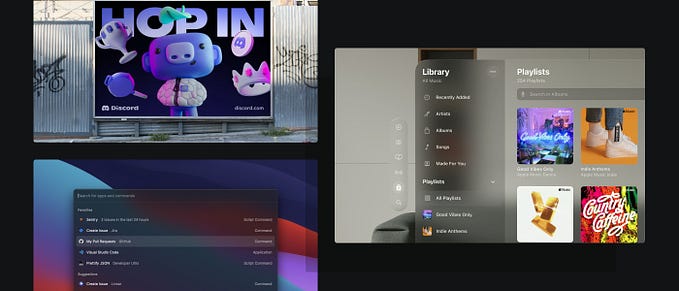Member-only story
The power of visual in product design
How visual elements affect our perception, recognition and memory by interacting with digital products.

The age of visual information
Almost all the information we see is consciously or unconsciously absorbed into our brain. This information plays a huge role in our decisions and behavior. Neglecting it wouldn’t be wise.
Just to get an idea of how we live in an age of visual information, more than 500 million people watch videos daily on Facebook, with 85% of them being muted. Snapchaters share 9,000 photos per second. Per-second. More than 500 million people use Instagram daily to like photos, comment and post stories.
It’s in our DNA
The first reason comes from our DNA. Eric Jensen, in his book Brain Based Learning, shows that 40% of the brain nerves are connected to the retina; more neurons are devoted to vision than all the other senses combined, and probably 90% of everything that comes to our mind is triggered by visual stimuli. In addition, recent studies show that approximately 65% of the population are visual learners, preferring to study and engage with information when linked to visual elements.

And it goes beyond. Our brain can capture images that the eye sees for as little as 13 milliseconds, 10 times faster than a wink. This means that we’ve evolved to absorb visual information at an absurd speed.
It’s in our history
We’ve used images to express ourselves for thousands of years. Through paintings and drawings, humans were able to convey key information about the world around them, for example by drawing maps and warning of the presence of predators. Like we do with the tangible world, we’ve also used visual elements to represent subjectivity: gods, nations, spirits, and local culture were constantly depicted on the walls around us.
User interface
With that in mind, it’s normal to assume that the use of visual elements on user…









